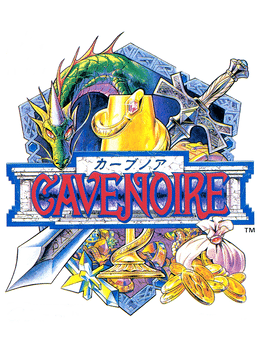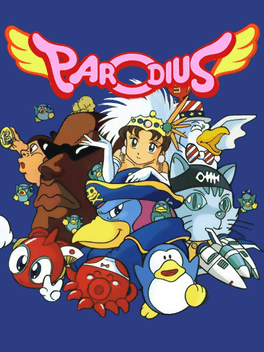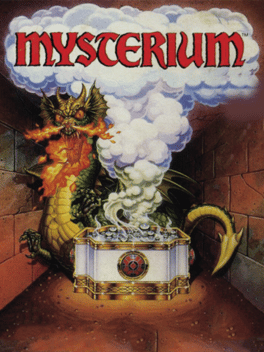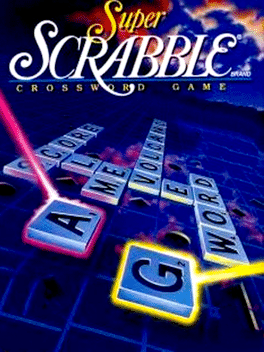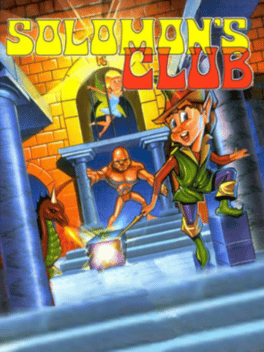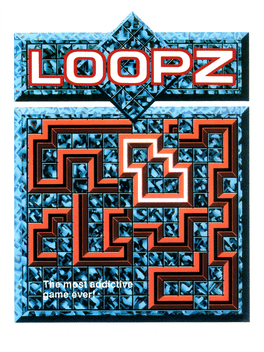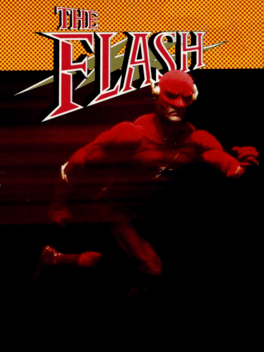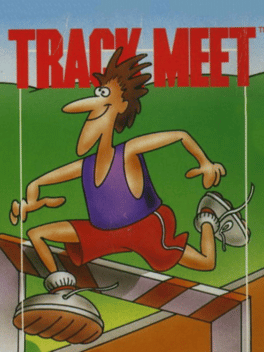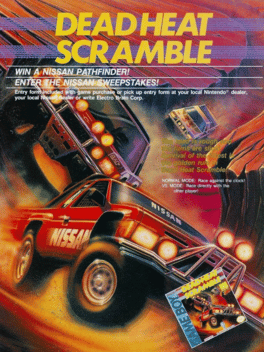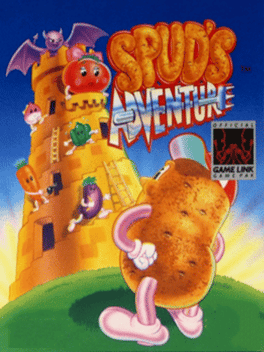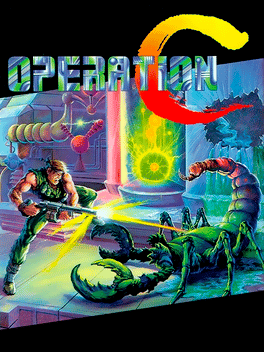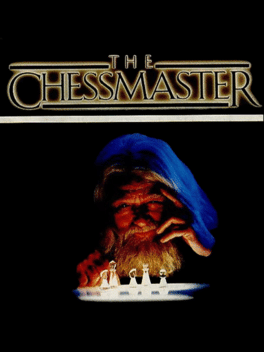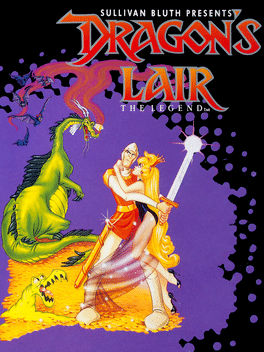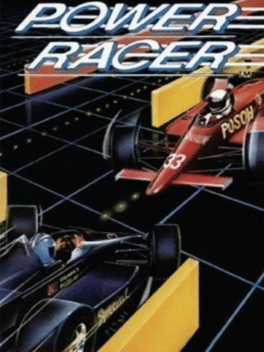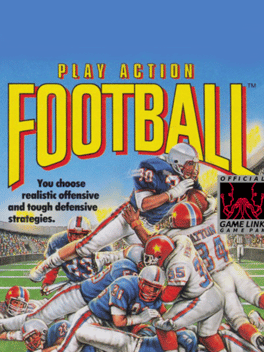New Gb Games - Page 45
-
Little Master: Raikuban no Densetsu
1991
Little Master is the first game in the Little Master series of RPGs. It was only released in Japan, although it went through a localization process to be released in North America but was cancelled. -
Cave Noire
1991
Cave Noire
1991
Cave Noire is a roguelike video game revolving around four quests: killing monsters, freeing fairies, or collecting gold/orbs with ten difficulties each. Starting a quest creates a randomly generated dungeon where the player has one chance to reach the goal – death means a new dungeon has to be created. The difficulty determines how big the target number is, the stats the player starts with, and what monsters are encountered. -
Parodius
1991
Parodius
1991
This is mostly a parody of Gradius, with some flavor from other shoot-em-ups, like Twinbee. The series is available on numerous platforms. The game is a right-to-left scrolling shoot-em-up. You can choose from 4 different flying creatures, with different weapons. You must finish 7 stages, each having a boss at the end. You may start at either one, but must complete every level to advance to the final stage. This version was also re-released in color as part of the Konami GB Collection Vol. 2. -
Mysterium
1991
Mysterium
1991
star 4.7You have come to the famous alchemist Hermetrix and been accepted as his apprentice. He has sent you to be tested in the Mysterium, a three-dimensional maze of hallways. You must combine metals and minerals in pools of mercury, water, fire and acid to create any item you need. -
Super Scrabble
1991
Super Scrabble
1991
star 3.7With all that Super Scrabble has to offer, even the most traditional Scrabble player will smile with delight. Watch the computer scan its 40,000+ word dictionary! ZOOM to any part of the game board for a close-up view. Think your opponent's trying to pull a fast one? CHALLENGE the word! Stuck trying to use your letters? Use the DUMP option to replace them! 5 skill levels and 4 different playing options make every game a mind-bending challenge! -
Solomon's Club
1991
Solomon's Club
1991
star 6.4Solomon's Club is a puzzle game, developed by Graphic Research and published by Tecmo, which was released in 1991. -
R-Type
1991
-
Loopz
1991
-
The Flash
1991
The Flash
1991
The Flash is a game for the Game Boy, based on the 1990 television series of the same name. It was produced by THQ and released in the US in 1991. The box art for the game features John Wesley Shipp as The Flash, a man with the ability to run "faster than a speeding bullet." In daily life, The Flash becomes is a Crime Lab technician named Barry Allen. -
Doraemon: Taiketsu Himitsu Dougu!!
1991
Doraemon: Taiketsu Himitsu Dougu!! is a Game Boy action game on 1991. Doraemon rescues Nobita and others through a maze created by a time machine running amok. There are also shooters and bonus stages. -
World Circuit Series
1991
World Circuit Series
1991
star 5World Circuit Series is a Racing game, developed and published by Konami, which was released in Japan in 1991. -
Kung-Fu Master
1991
Kung-Fu Master
1991
star 6.1The Game Boy version of Kung-Fu Master was a sequel, taking place after the original. -
Track Meet
1991
Track Meet
1991
Track Meet is a Sports game, developed and published by Interplay, which was released in 1991. -
Dead Heat Scramble
1991
Dead Heat Scramble
1991
star 5.5Players must choose between a dune buggy, a sand rail vehicle, and the incredible off-road truck. All races are strictly against the clock while the driver navigates through blockades on the road and other drivers that want to defeat the player. All of the ten courses must be unlocked in a linear fashion; all the races take place in a tube. Few power-ups exist in them game; including a chance to increase the player's nitro boost. There are ten stages in the entire game. No penalties are given for bumping into the other drivers; unlike real life. Each course is in the shape of a half-pipe. -
Spud's Adventure
1991
Spud's Adventure
1991
Spud's Adventure is an Action game, developed and published by Atlus, which was released in 1991. -
Operation C
1991
-
The Chessmaster
1991
-
Dragon's Lair: The Legend
1991
star 5.5The Game Boy version for Dragon's Lair is actually a port of Roller Coaster, with its protagonist replaced by Dirk the Daring. Dirk must collect all "lifestones" scattered all around the game world (by walking or jumping) to finally save Princess Daphne. The game world is divided in several screens which can be freely navigated and are a little wider than Game Boy's screen. As Dirk moves the screen will scroll and when its limit is reached, it will flick to a new one. To help him move around, Dirk can jump over bumper cars, flying magic hats and other kinds of moving platforms. -
Power Racer
1991
Power Racer
1991
Power Racer is a conversion of the arcade game Head On to the Game Boy that includes an extra special mode with multiplayer. Viewed from a top down perspective, the player has to race around a circuit consisting of five lanes and collect all the dots that lies scattered around. This mode features ten difficulty levels. The special mode has items and obstacles to face. You can also play in the special mode against a second human player. -
Play Action Football
1991

